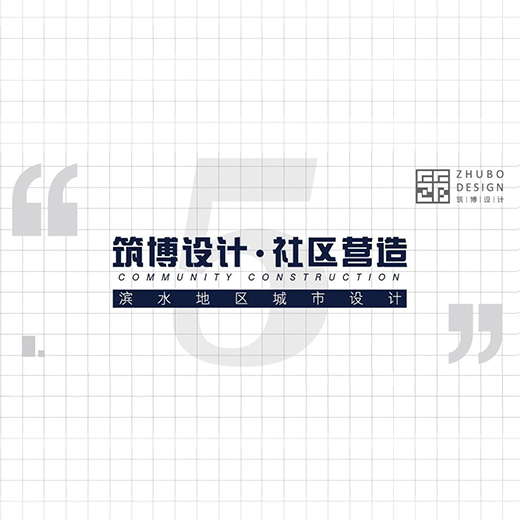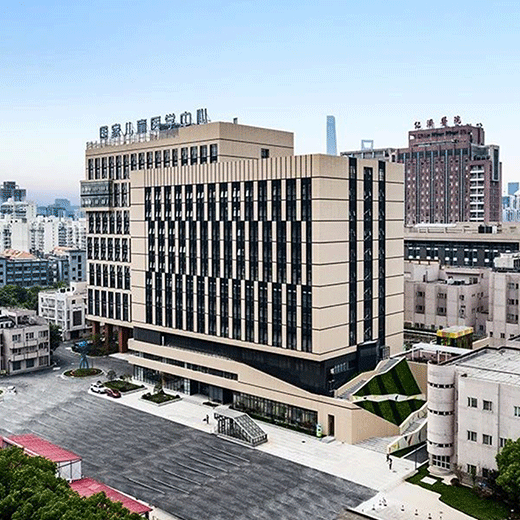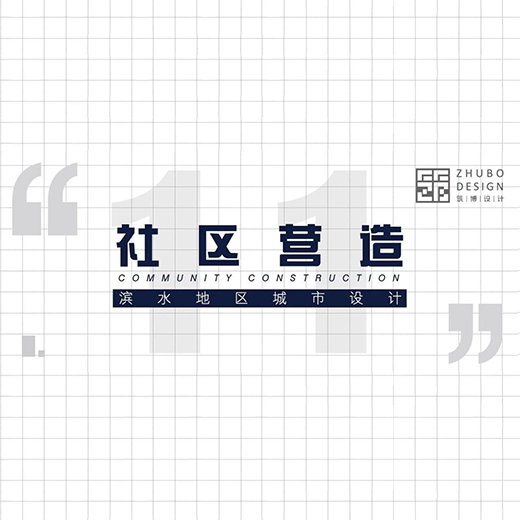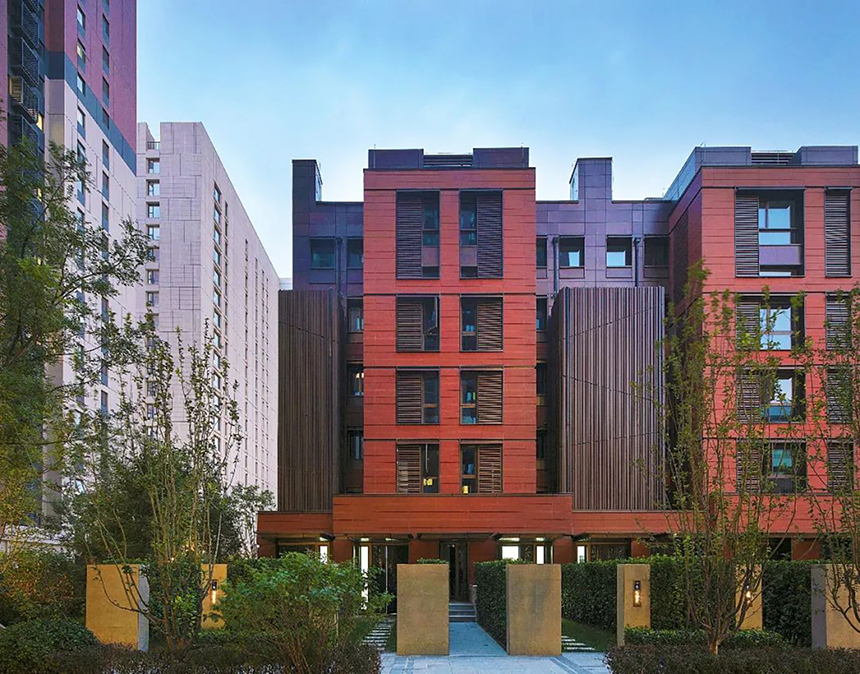
Beijing, Chaoyang
Poly·Hejinweitang is located in the Changying area of Chaoyang District, Beijing, about 3 kilometers from the East Fifth Ring Road. Located in the Chaoqing area, here is the intersection of the three major CBDs of China World Trade Center, Wangjing and Tongzhou.
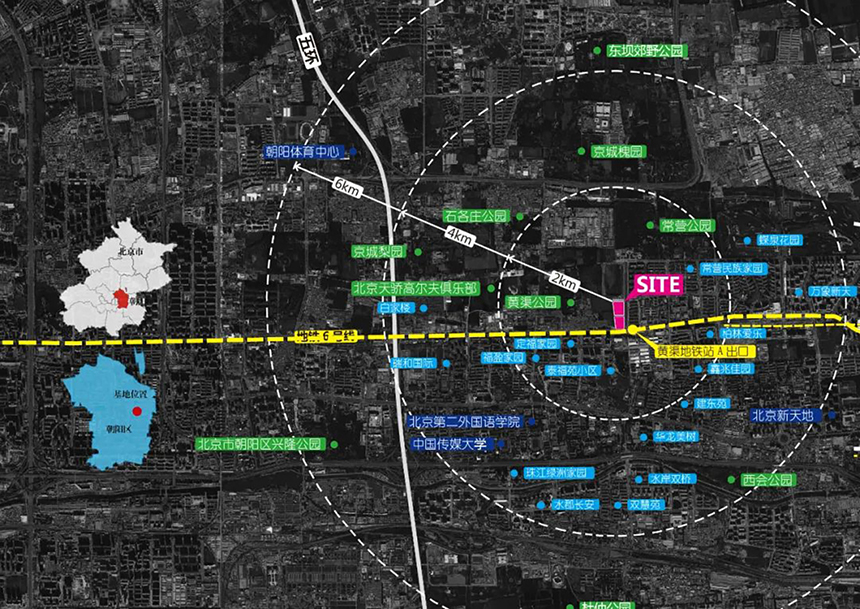
▲ Project location
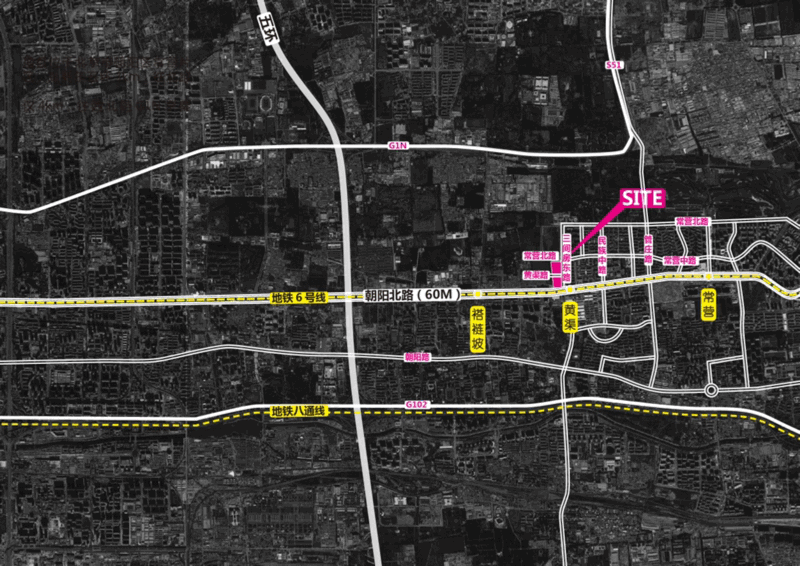
▲ Analysis of traffic and resources around the project
The project includes low-density commercial residential buildings, high-rise offices and retirement apartments, and supporting commercial functions. In addition, some green livable affordable housing has been set up in the project, which meets the housing needs of all levels to a certain extent.
In such a treasure place where the city and natural resources meet, the control of the quality of work and life is an important goal of our design work. Through the enclosing of the space, life is created and the courtyard space of each characteristic is defined. While emphasizing privacy and territoriality, it also provides a place for neighbors to fully communicate, creating a cordial taste of life, and defining distinctive open spaces through the enclosure of various interfaces and partially open spaces.
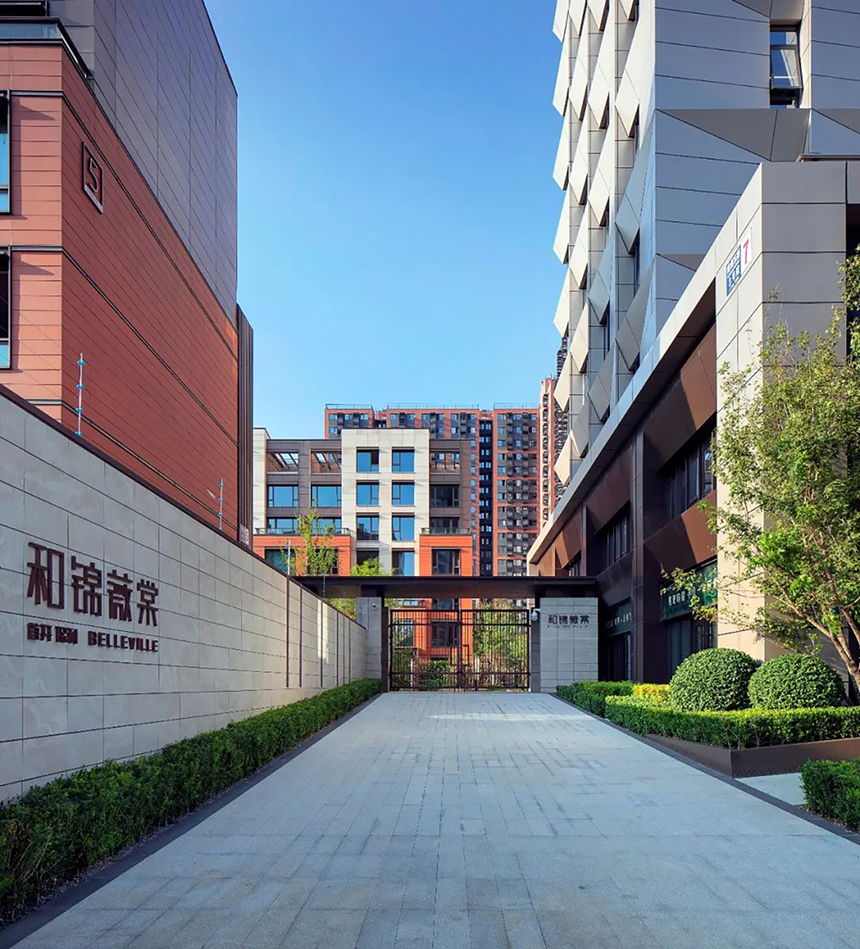

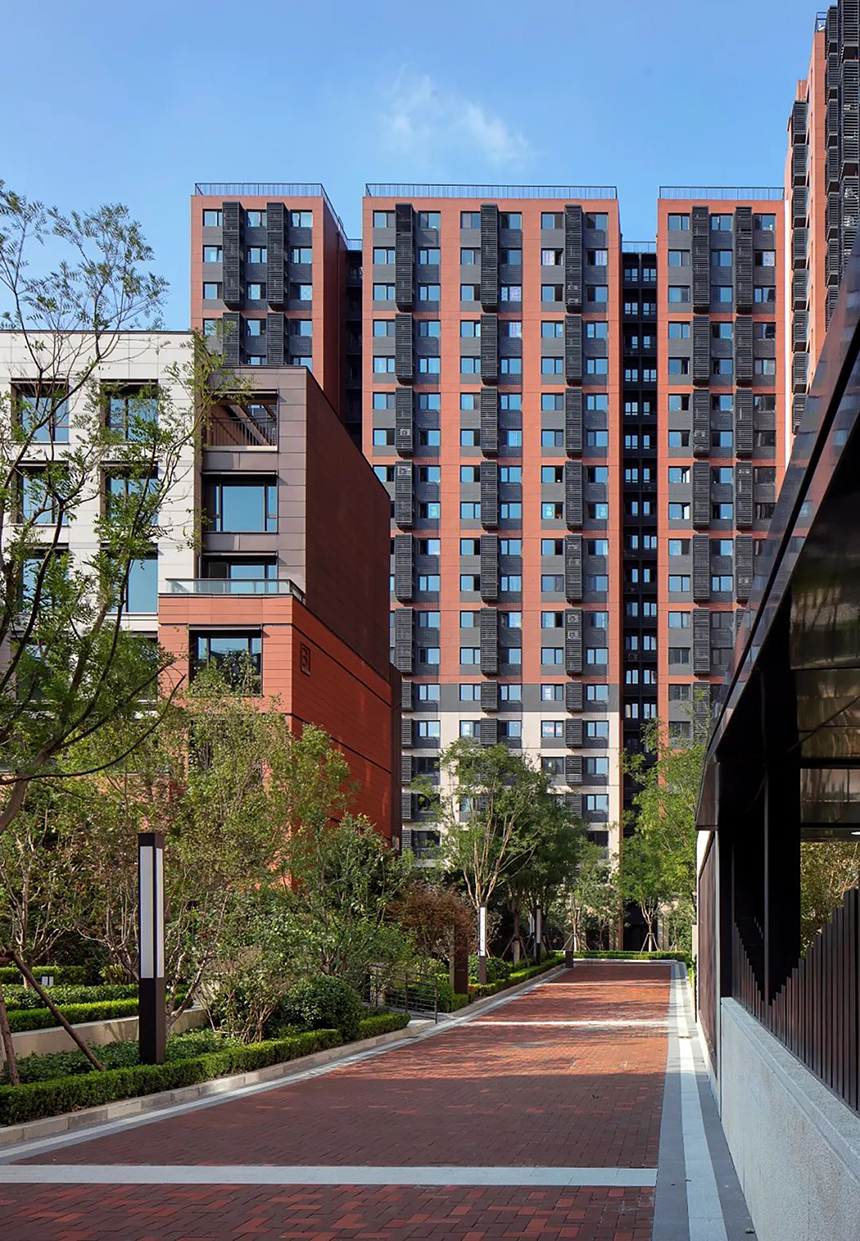
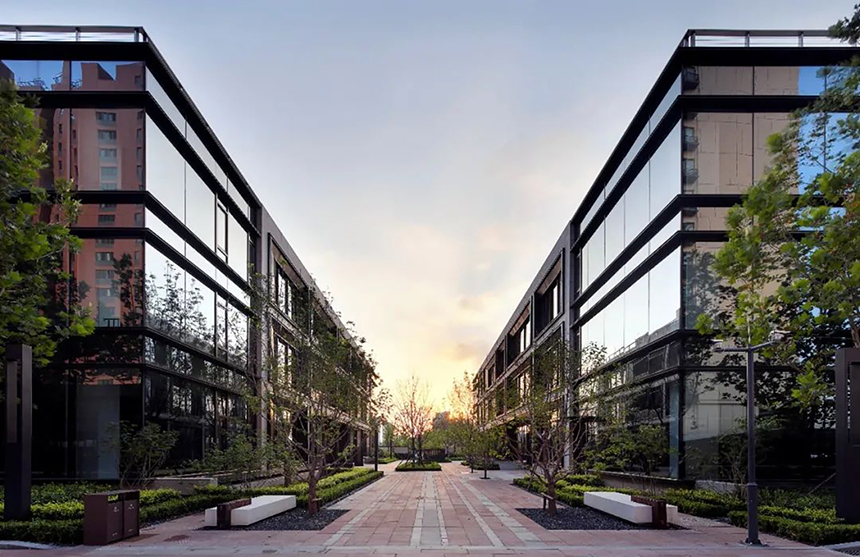
These open spaces are emphatically set up at important nodes such as the main entrance road node of the community, the center of the cluster, and between the clusters, enriching the spatial hierarchy. The public space is jointly owned by the entire community to maximize the sharing and communication of public resources.
A large part of the space created by the enclosed courtyard is set up as gardens and courtyards, so that residents can fully enjoy the comfortable, light, luxurious and livable outdoor living space, allowing users to stay in the urban core or hide in the quiet nature.
Low-density houses use stacked products, and the internal space layout is more reasonable than ordinary villas. The building area of the stacked villas is about 290 square meters, with one house and one ladder, with independent entrances, with trees and hedges for residents to delineate exclusive entrance courtyards, creating a quiet living space in the bustling city center.
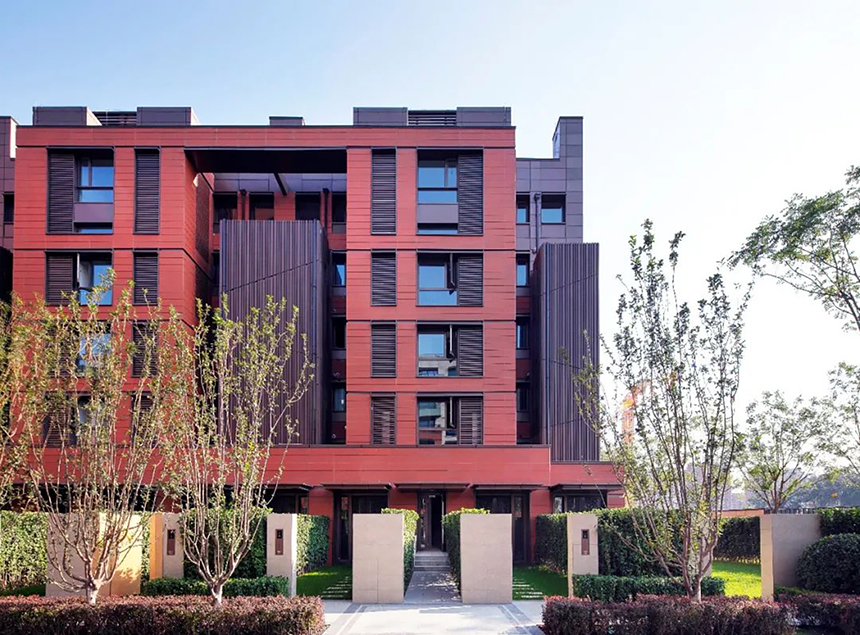

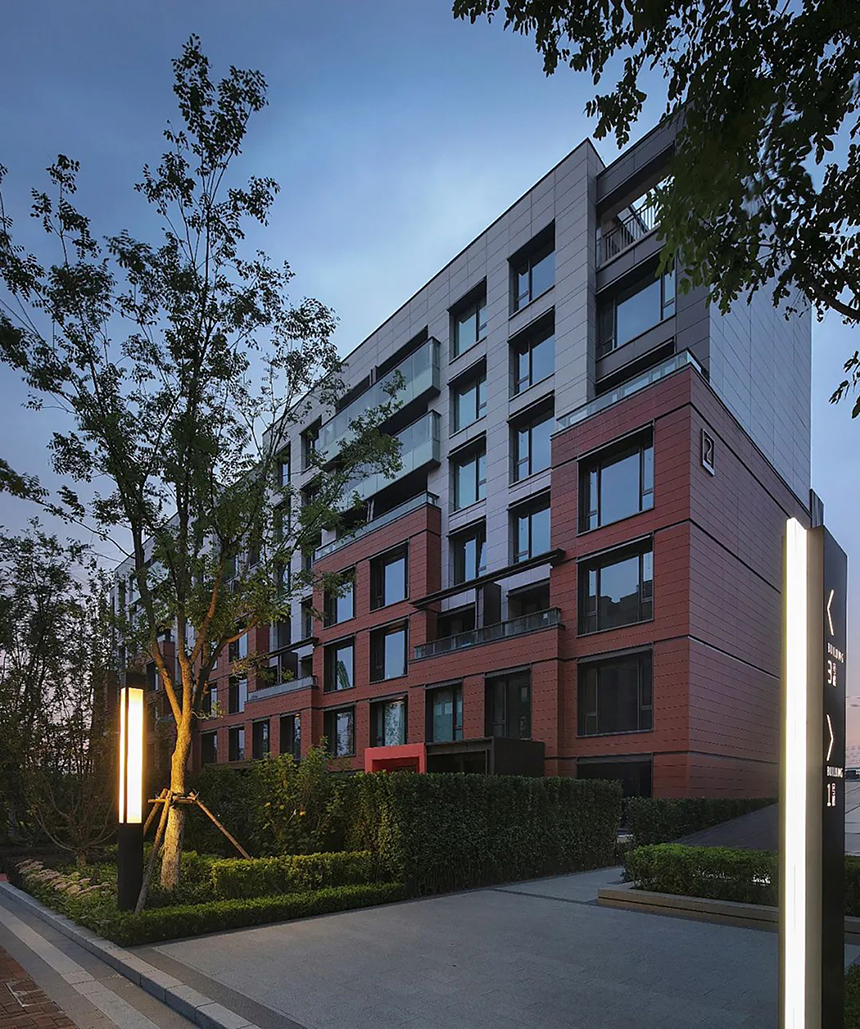
The design of the apartment structure ensures that the living room and the main bedroom face south, the space is fully functional, the dynamic and static partitions are clear, and the scale is comfortable and pleasant. The subtlety of the design of stacked villas lies in the spacious underground space, where residents can arrange them flexibly according to their own family life preferences.
The setting of a private garage further enhances the quality of the stacked villas. Each household has an exclusive parking space and waiting hall, ample storage space and logistical auxiliary space in the underground.
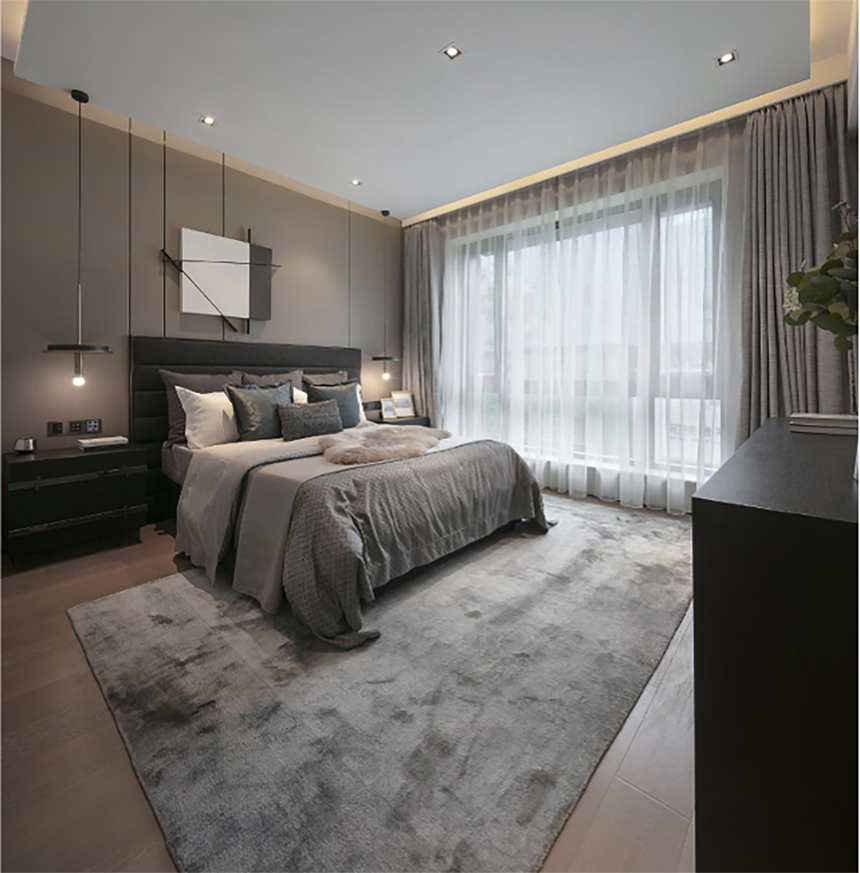
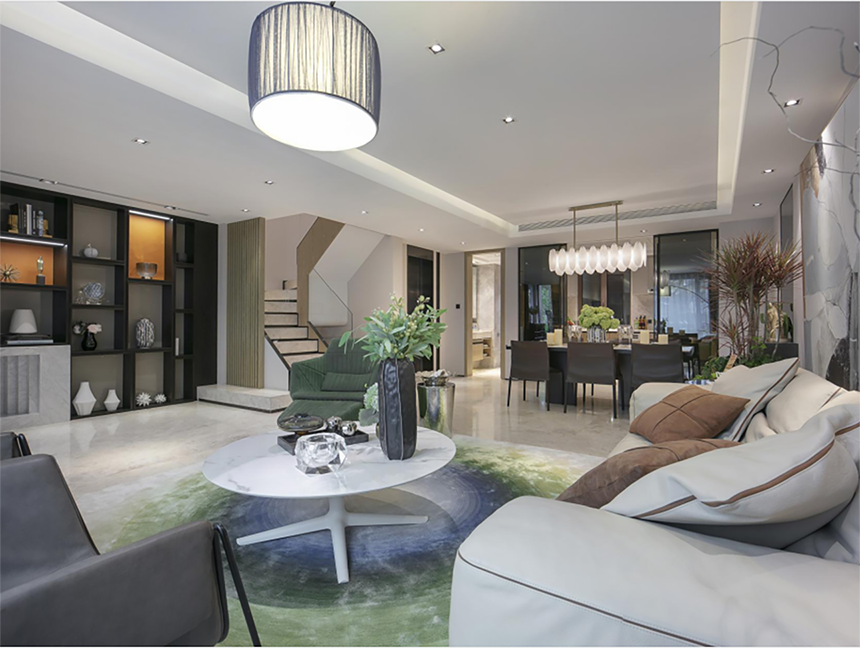
The facade materials of the high-rise office and retirement apartment are mainly champagne gold aluminum alloy veneer and texture paint, with light gray LOW-E triple silver double-layer hollow glass, forming an overall modern and bright, stylish and stable urban architectural image interface .
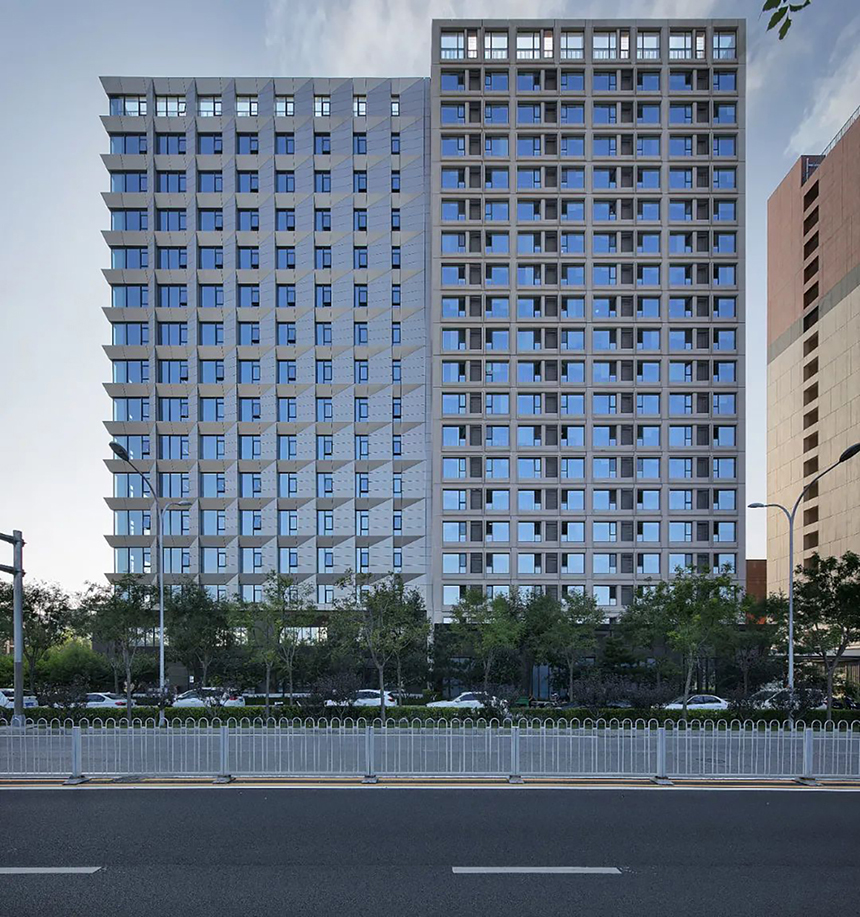

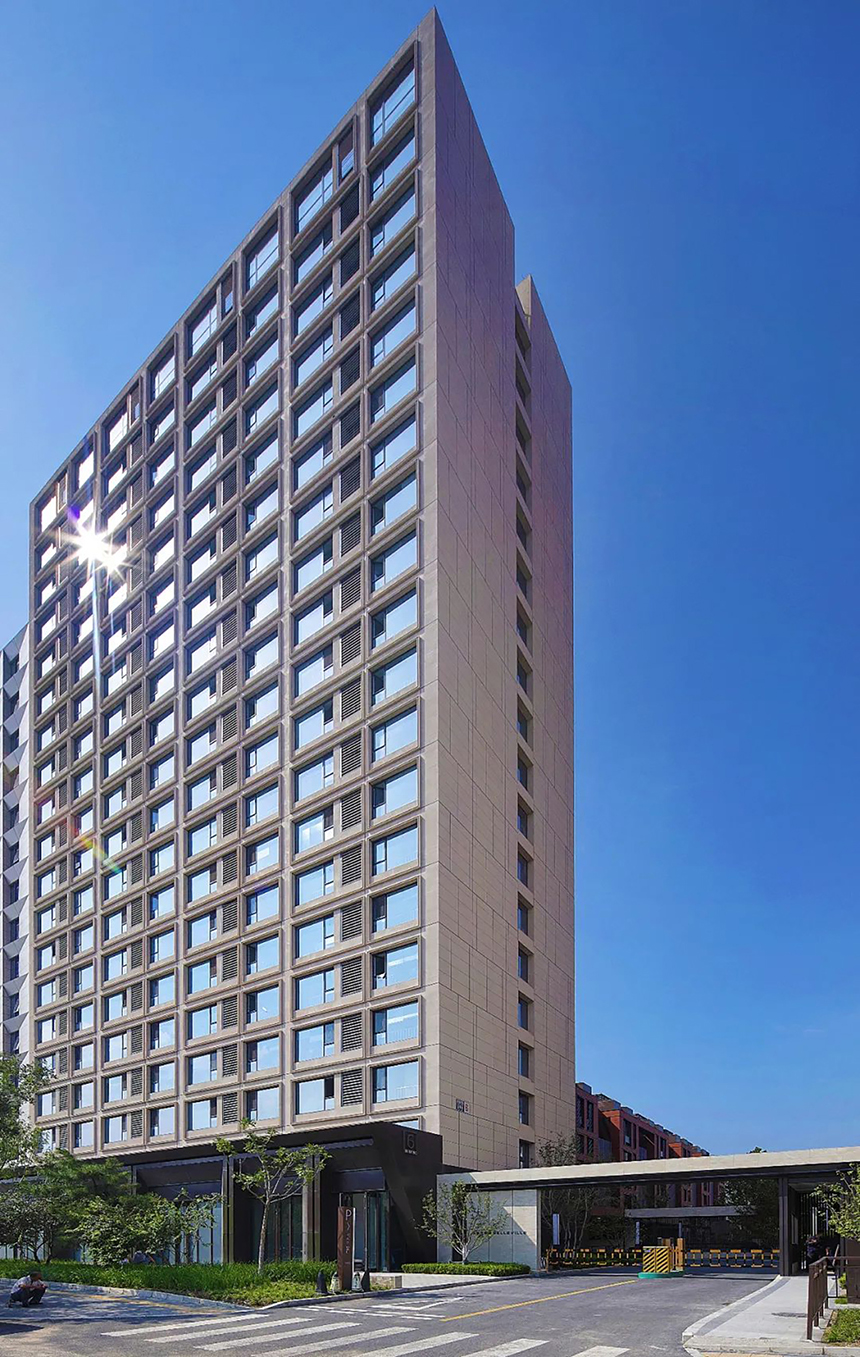
The facade of the commercial part emphasizes visibility, and the skin of the curtain wall can be opened to ensure ventilation and have a transparent facade.
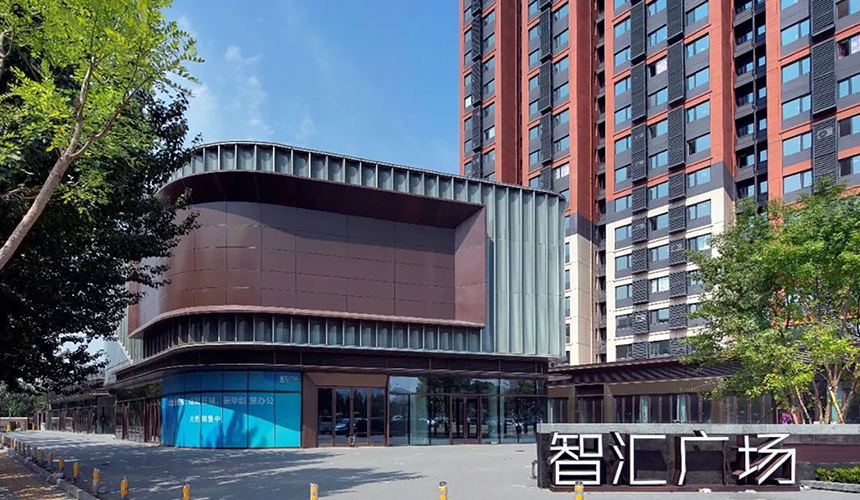
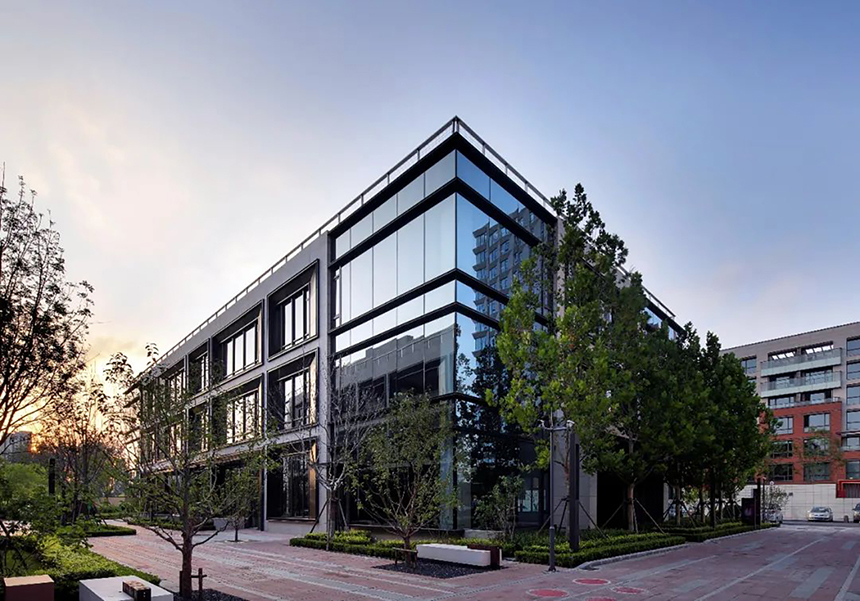
The facade materials of the double villa are mainly off-white stone and red ceramic plates, combined with aluminum plates and glass. The luxurious temperament and the livable style coexist, and the overall balance of proportions and fine details are pursued. The overall bright color contains warm temperament.

Starting from the community garden landscape, through space division, retracting and enclosing, combining a large number of afforestation designs, leisure squares, interesting streets and lanes, using methods such as piles, micro-water features, and sculptures, finally create a green ecological home.
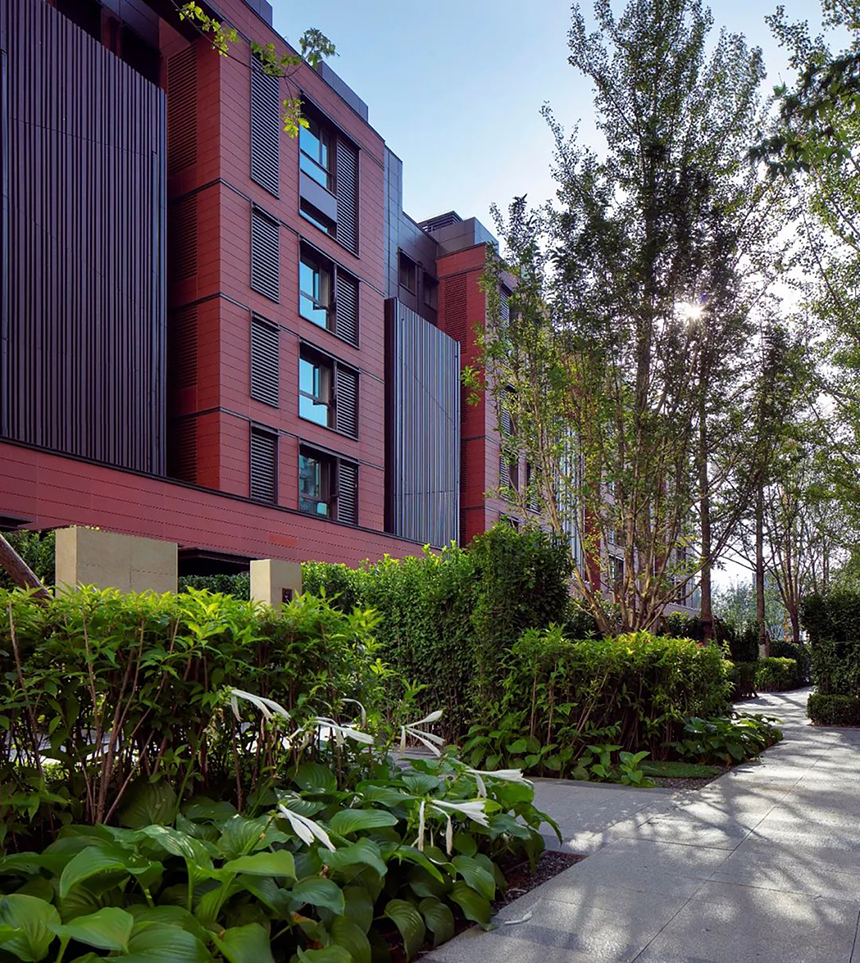
The basement sewage in the project is directly discharged into the municipal pipeline, and the outdoor site slope adopts a flat slope. Use water-permeable pavement and water-permeable brick pavement to make rainwater seep underground. At the same time, according to the topography and topography, the local area adopts organized flat slope drainage, collected and drained into the municipal rainwater pipeline to ensure the smooth drainage of rainwater. Except for the fire lane, all roads use permeable roads, and the area of permeable pavement is more than 70%.
According to local climatic conditions, the building is equipped with fresh air haze removal system and floor heating system to improve the indoor environment and ultimately enhance the living quality of the entire project.
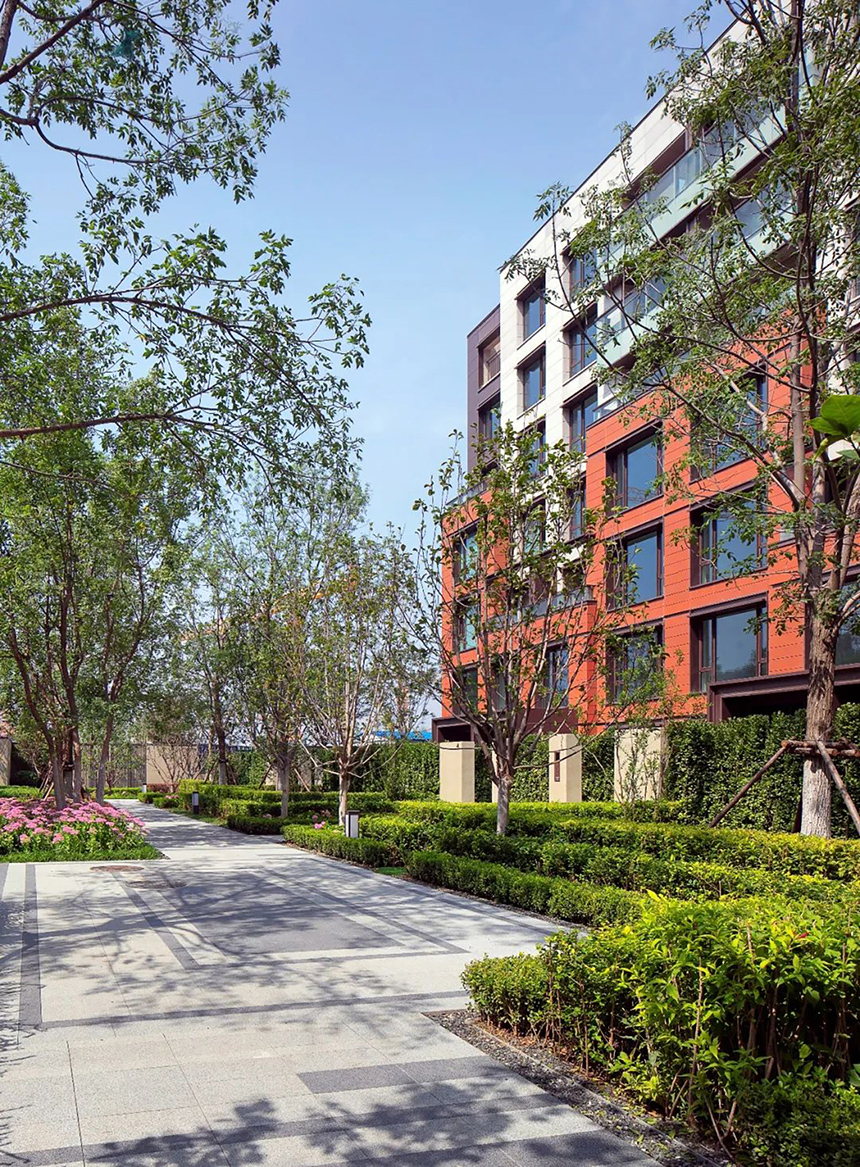
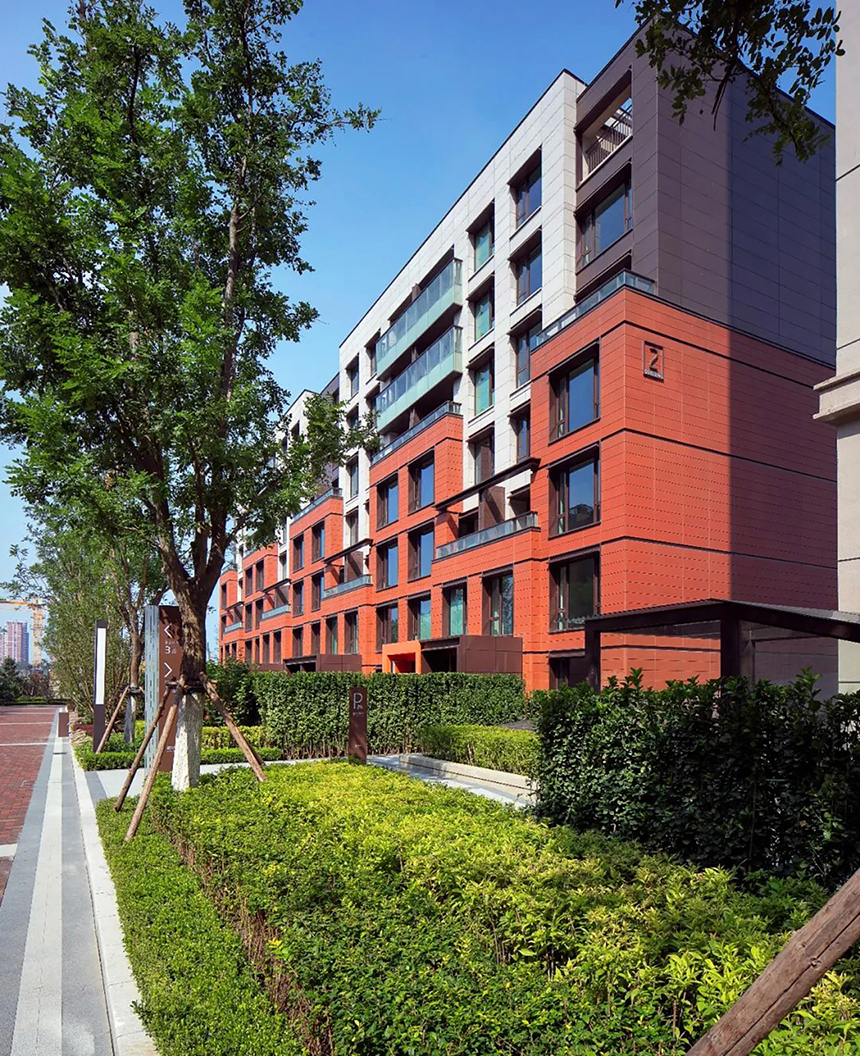
The overall greening rate of the project has reached 30%. Our design maintains a comfortable and pleasant green world in the bustling city, which occupies the core resources of the city and has a rich natural ecology. It satisfies the daily needs of modern people for the prosperous urban life, and at the same time carries the physical and mental sustenance of leisure life.
Taking residences, offices, commerce, retirement apartments, social housing and other multi-functional complexes as "medicine", and space and form as "introduction", we will finally create a model of a composite open shared community.
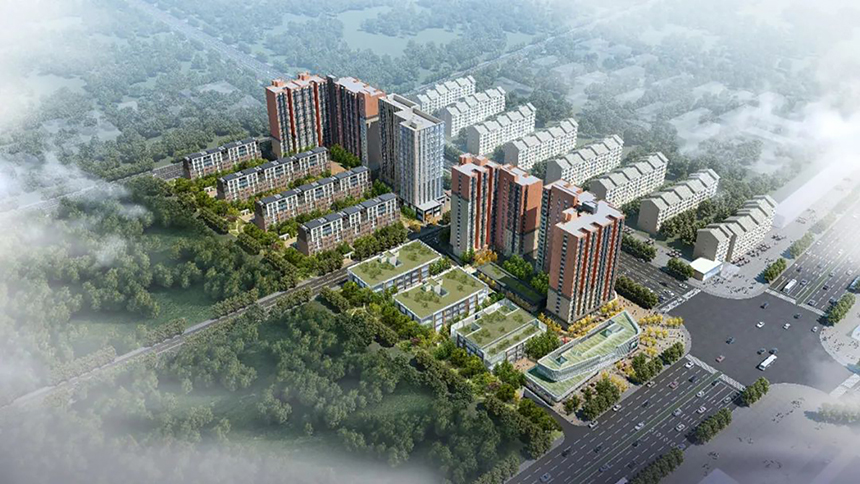
Technical drawings
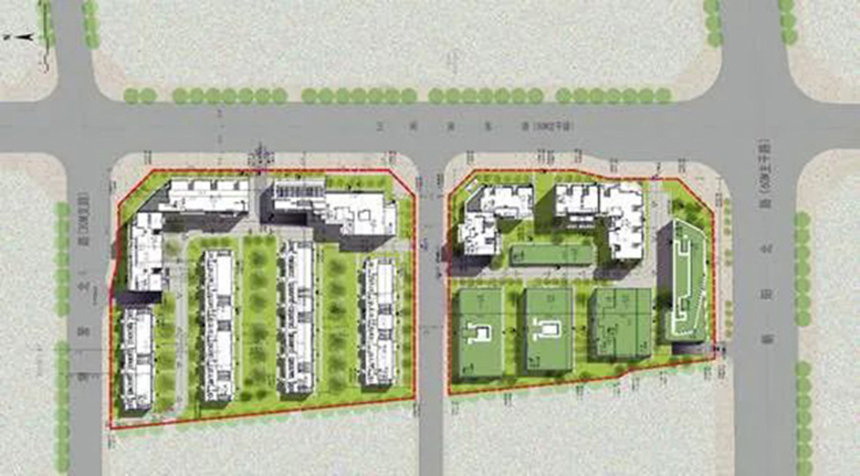
▲General plan
Project name: Poly and Jin Weitang
Project location: Chaoyang District, Beijing
Project function: residential, retirement apartment, social housing, office, commercial
Completion time: 2021
Building area: 189,500 square meters
Project owner: Beijing Poly (Beijing Zhitai Real Estate Development Co., Ltd.)
Project Director: Yang Weizhong
Design team: Li Yingwei, Lin Xingmei, Lai Shengqi, Zhang Zhongchen, Xia Chong, Liang Xin, Feng Weina, Li Xiaojing, Su Chudu, Yang Mengchuan, Lin Hong, Xiao Kunyuan, Zhou Yingpeng
Construction team: Beijing Residential Architectural Design and Research Institute Co., Ltd.

